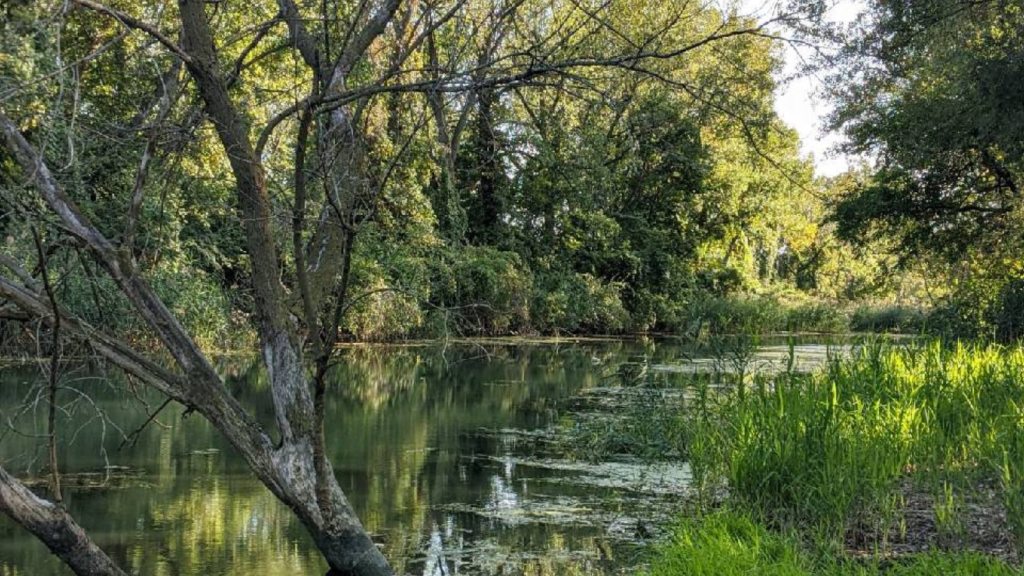
Otter Creek has a long history of site investigation and partner engagement spanning over 20 years. In 2021, the lower 1.7 miles of Otter Creek and its confluence with the Maumee River underwent contaminated sediment removal through the Great Lakes Legacy Act program. Approximately 50,400 cubic yards of sediments were removed from Otter Creek and its confluence within Maumee Bay. Immediately after the sediments were removed, a sand cover enriched with organic matter was placed in the project area and habitat restoration work began to support the return of a thriving community of bottom-dwelling aquatic organisms. In 2022 Otter Creek was repopulated with mussels native to Ohio. A one-year assessment of the mussel mitigation work will be completed in 2023.
Project Location
The lower 1.7 miles of Otter Creek and its confluence with the Maumee River.
Project Benefits
• Reduce or remove impairments negatively affected aquatic fish and bug communities.
• Improve overall environmental health and usability of this area.
Project Objectives and Milestones
• Improve water quality, habitat, and biological communities.
• In 2021, contaminated sediments were removed and habitat features, and an organic matter-enriched substrate installed to support bottom-dwelling aquatic organisms.
Project Links
• Otter Creek Sediment Cleanup Fact Sheet
• From Great Lakes Mud: Otter Creek Contaminated Sediment Removal
• From U.S. EPA: Documents related to Otter Creek Legacy Act Clean-up
• From U.S. Army Corp of Engineers: Otter Creek Great Lakes Legacy Act Project (July 2021)
Project Partners
U.S. EPA, U.S. ACE, the Otter Creek Partnership (comprised of three industries) worked with community partners and other federal, state, and local governmental agencies to evaluate and clean up contaminated sediments and restore in-stream habitat utilizing the Great Lakes Restoration Initiative (GLRI) and other non-federal funding.
Photo credits:
All page photos: U.S. EPA
